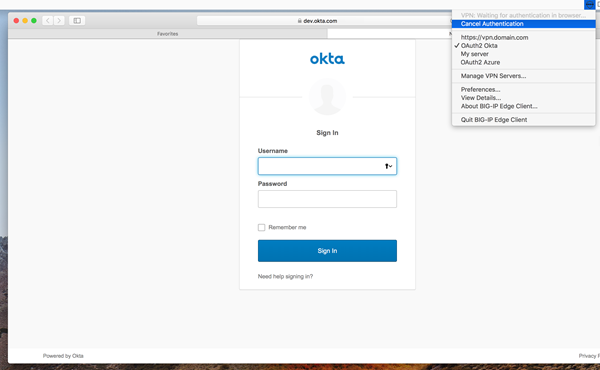

> For Macs, follow the steps in this linkto get traceroute results. Run a traceroute to, and record the results by copying and pasting into a text file.They should be roughly the same as the first if they are not, run the speedtest a third time, again recording the results. > Repeat the speedtest, and record the second pair of numbers. Record both resulting numbers, measured in Mbps. It will run an upload and a download speed test. > For Windows, follow the first set of steps on this page ("Find your DNS using the Settings app") It will look something like this: 192.168.1.1 It will look something like this: 192.168.1.1

> For Macs, find the DNS server in System Preferences > Network > Wifi > Advanced button > DNS tab.
Record the DNS server in your home network. It will look something like this: 108.12.231.43 Click this link: and take note of the resulting IP address. If the issue is unresolved, continue through the next steps, recording information and saving it to a text file as directed. Next, if the issue is NOT caused by others making heavy use of your network, follow the steps below to troubleshoot your home network. Is the problem intermittent or persistent?. Are there others in your household (either on the VPN or off) who may be taxing your home network by, for example, connecting to classes, playing internet games, or streaming video?. Does this happen on other devices in your house?. To get to the bottom of a VPN performance issue, Brown’s IT staff will need your answers to a few questions: Contact the IT Service Center or your ITSC or DCC if you need additional assistance. If you are able to connect, but performance while connected is significantly degraded, follow the steps below. 
 If you see the Windows Smart Screen warning click More infoįollow the instruction on how to connect once installed.The setup files and installation instructions are available at. Open the BIGIPEdgeClient.exe from the location that you saved it in step 1. If you cannot attend campus you can use the method below, but you will need to contact the IT Help Desk if you do not have admin rights. If you are using a blue plated computer ISTS recommends being on campus and installing through the Software Center. After the f5 BigIP Edge Client has been installed you can run the client from Start Menu on a Windows device. Installing the f5 BigIP Edge Client is a one-off process required for first-time setup of a VPN connection to the University network. The use of all Information Technology (IT) facilities at the University of South Australia, including the UniSA wired and wireless networks, is subject to the University's Acceptable use of Information Technology (IT) facilities policy. Installation & initial access of Webex servicesįorwarding & Do Not Disturb & Single Number Shared Mailbox/Calendar & Distribution Lists Email, Shared Mailboxes & Distribution Lists
If you see the Windows Smart Screen warning click More infoįollow the instruction on how to connect once installed.The setup files and installation instructions are available at. Open the BIGIPEdgeClient.exe from the location that you saved it in step 1. If you cannot attend campus you can use the method below, but you will need to contact the IT Help Desk if you do not have admin rights. If you are using a blue plated computer ISTS recommends being on campus and installing through the Software Center. After the f5 BigIP Edge Client has been installed you can run the client from Start Menu on a Windows device. Installing the f5 BigIP Edge Client is a one-off process required for first-time setup of a VPN connection to the University network. The use of all Information Technology (IT) facilities at the University of South Australia, including the UniSA wired and wireless networks, is subject to the University's Acceptable use of Information Technology (IT) facilities policy. Installation & initial access of Webex servicesįorwarding & Do Not Disturb & Single Number Shared Mailbox/Calendar & Distribution Lists Email, Shared Mailboxes & Distribution Lists








 0 kommentar(er)
0 kommentar(er)
